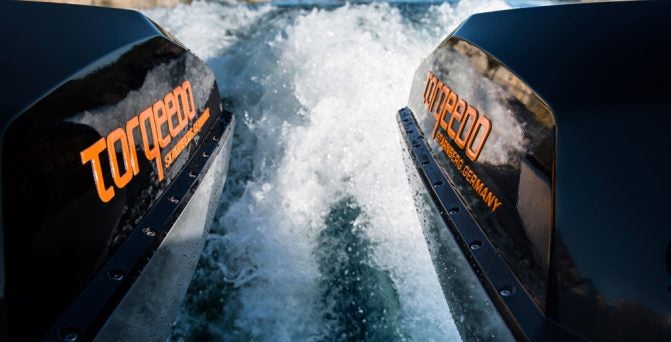
Forget limping along at walking speed, these electric boats are pure thrill rides!
Electric boats are nothing new, but so far most have been small craft focused on putting along at walking speed. That’s been primarily due to the limitations of early battery technology, and the fact that operating a boat at anything above idle speed reduced run times from hours to minutes.
But new technology is changing that, and on the strength of much-improved batteries and charging systems, today we’re seeing electric boats that are far more functional in the eyes of everyday boaters. Here’s a sneak peek at what’s out there now, and what’s coming down the pipe before you know it.
Personal Watercraft
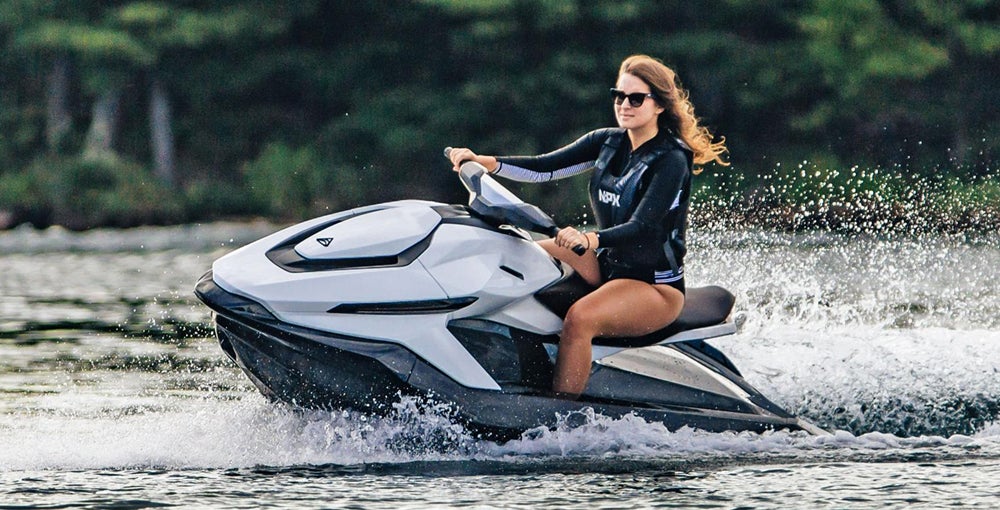
Electric PWCs like the Taiga Orca have enormous torque for blinding acceleration.
In view of their smaller size, lighter weight and lower power requirements, one of the first places for electric propulsion to really take off is in personal watercraft.
Unlike internal combustion engines that take a moment or two to spool up to full power when you squeeze the throttle, electric motors are binary – they’re either completely off, or completely on – and that makes them ideal for use in PWC. That magical ability to crank out 100 percent power in the blink of an eye gives electric PWC blinding acceleration that gas-powered competitors can’t even hope to match.
The fully-electric Taiga Orca will run for up to two hours between charges, and can fully reload a dead battery in just three hours with its standard charger. Or, if you’re in a hurry, it can also use an optional DC quick-charger to bring the battery up to 80 percent power in just 20 minutes. Three trim levels are offered, ranging from about $12,000 for the base Orca Sport to $20,000 for the top-of-the-line Performance Carbon edition, which features a carbon fiber deck and hull.
Taiga will soon have company in the electric PWC space as Sea-Doo has announced plans to bring out its own electric models within two years. What’s more, the world’s largest PWC builder plans to be fully electric by 2026 so watch this space to heat up fast.
Tow Boats
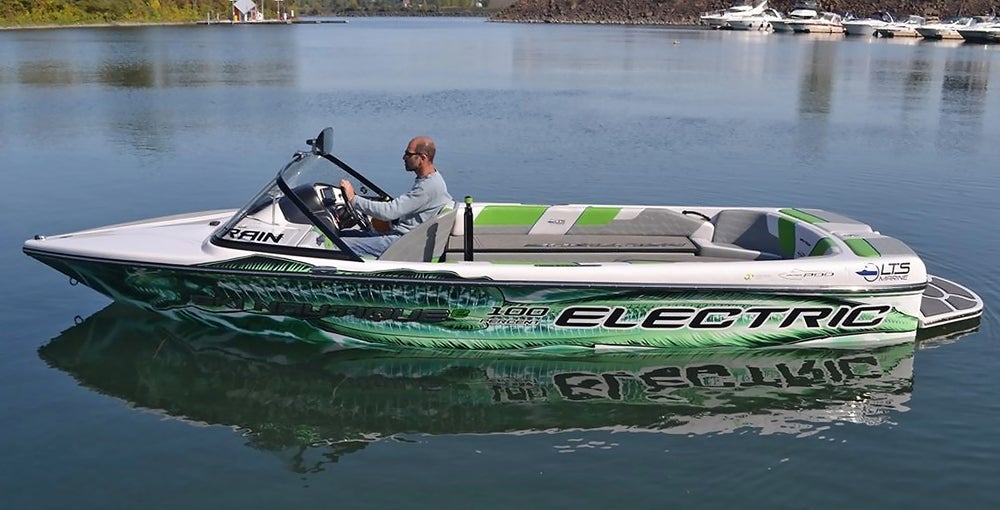
The first Ski Nautique E prototype from 2011 didn’t have much run time, but newer models go for up to three hours and recharge in just 90 minutes.
Correct Craft introduced its original Ski Nautique E prototype – the world’s first electric watersports boat – at the Miami International Boat Show way back in 2011. With a pair of 103 horsepower-equivalent electric motors, the boat ran for barely an hour before running out of juice and having to go on charge overnight. But it was a start, and it proved that electric tow boats have more way torque than anything else.
Fast-forward to February 2020 – just three weeks before Covid-19 was declared a global pandemic – and Correct Craft was back at the Miami Boat Show with its latest electric tow boat, the Nautique GS22E. This time, the boat offered up to three hours of run time, with a full recharge possible in as little as 90 minutes.
Watch for Nautique to make further advances here – possibly with the 2022 model year.
Electric Outboards
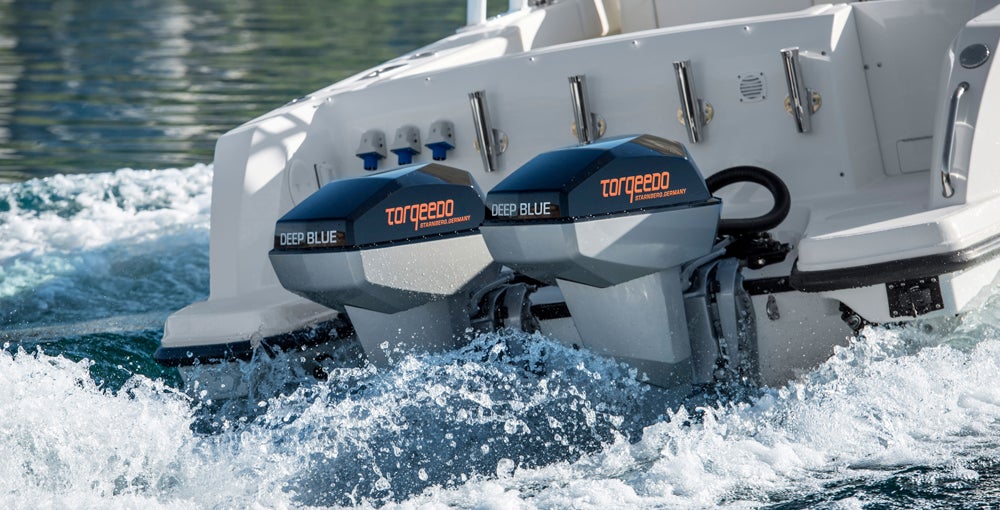
Torqeedo’s Deep Blue was the world’s first 80 horsepower electric outboard, and it’s still a powerhouse today.
Torqeedo introduced its 80 horsepower-equivalent Deep Blue outboard motor way back in 2012. It’s proven itself a great motor, but the outboard and battery pack are expensive enough that so far at least, it’s been more appealing to commercial operators who are out on the water every single day than to recreational boaters, who don’t go out often enough to make up the cost difference in fuel savings. But new battery technology is changing that, and promises to lower costs and make the electric outboard a more viable option for recreational boaters too.
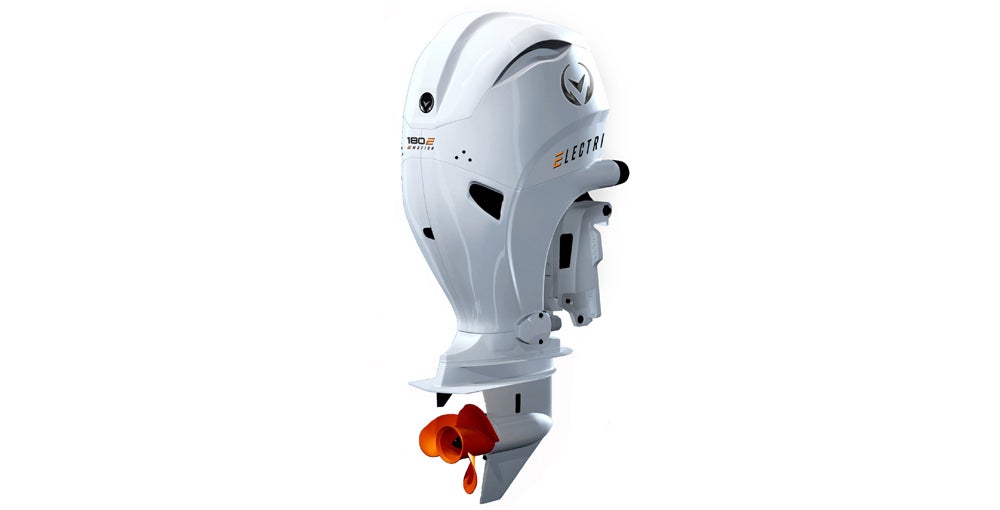
The new 180 horsepower E-Motion electric outboard went on sale in May.
Joining Deep Blue is the new E-Motion 180-horsepower electric outboard introduced by Vision Marine Technologies this May, which uses new engineering and software to deliver far greater run times per battery charge. The company says its standard battery is about the same size as a 20-gallon fuel tank and delivers similar operating range.
The electric outboard space should get even more interesting soon with Mercury Marine announcing that it intends to launch its own line of electric outboard motors by 2023, with the first scheduled to hit the market late next year.
Even Luxury Yachts!
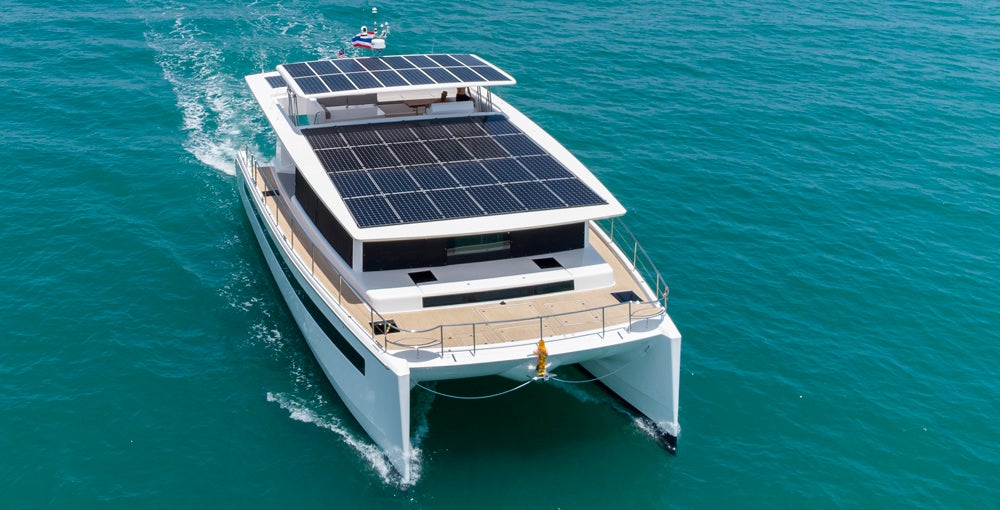
Silent Yachts proved that solar can recharge even big electric boats, by completing a trans-Atlantic crossing in 2018.
Luxury yacht manufacturers also get the appeal of electric propulsion, which is why a handful have begun experimenting with the technology in their own products.
Silent Yachts builds solar-powered cruising catamarans that are said to be the first fully-sustainable ocean-going yachts in the world. Silent Yachts claimed its luxury boats could for weeks on end without needing to plug into to a charger thanks to onboard solar panels, then proved it by completing a trans-Atlantic crossing. The company’s latest creation is the all-new Silent 60, a super-luxury cruising yacht with the highest levels of power, comfort and convenience seen yet in a vessel of its type.
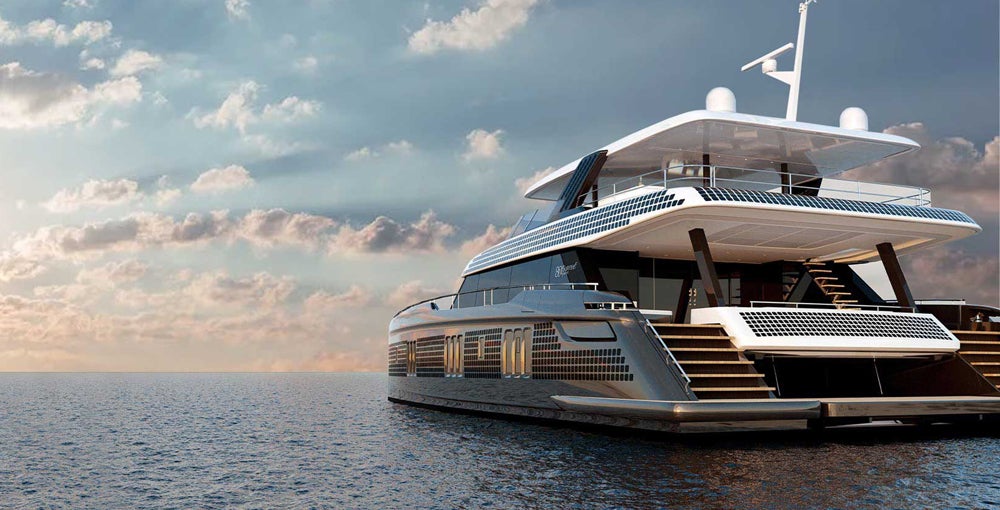
Sunreef’s 60 Power Echo is covered with solar panels on every surface for maximum charging power. It sure looks great too!
Sunreef Yachts also builds fully-electric cruisers from 40 to 100 feet in length. The company’s popular Sunreef 60 Power Eco model features a proprietary solar power system with panels integrated into the roof, superstructure and even the hull sides for maximum exposure.
As automakers and governments continue to invest heavily in developing electric propulsion, new batteries and improved fuel cells, it’s clear that the age of sustainable, silent boating is here. Watch this space for the latest on this fast-developing evolution.

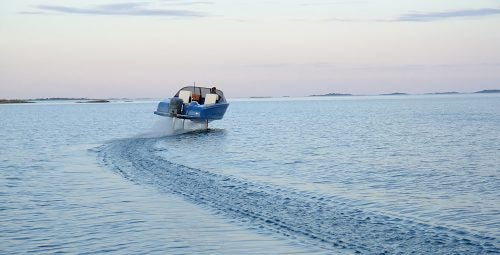



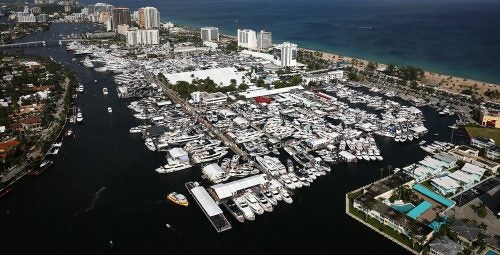 Fort Lauderdale International Boat Show Preview
Fort Lauderdale International Boat Show Preview 10 Best New Boat Accessories at IBEX 2021
10 Best New Boat Accessories at IBEX 2021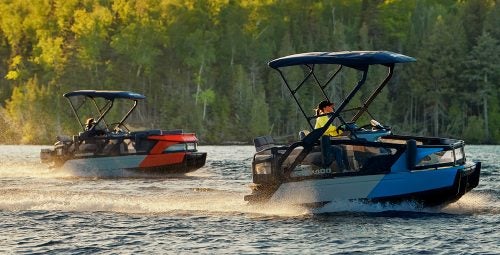 2022 Sea-Doo Switch Pontoon Boat Lineup Unveiled
2022 Sea-Doo Switch Pontoon Boat Lineup Unveiled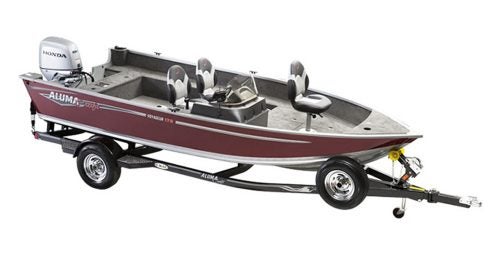 BRP Enters Fishing Boat Market with Purchase of Alumacraft Boat
BRP Enters Fishing Boat Market with Purchase of Alumacraft Boat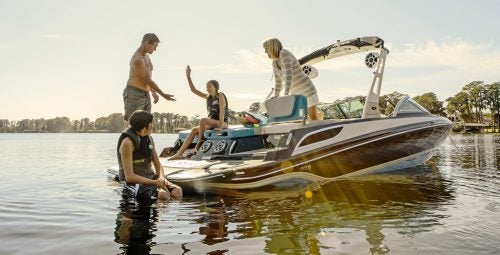 Volvo Commits To Electric Power By 2021
Volvo Commits To Electric Power By 2021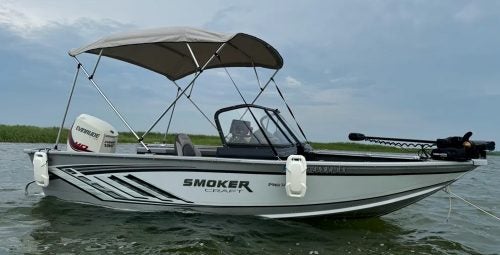 Kemimoto 4 Bow Bimini Top and Boat Bumper Review
Kemimoto 4 Bow Bimini Top and Boat Bumper Review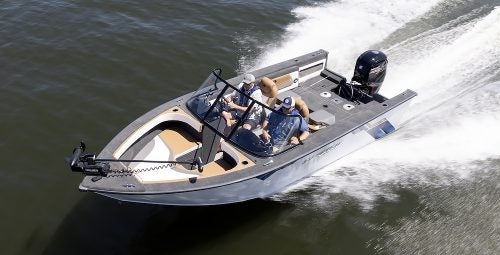 Starweld Victory 20 Review
Starweld Victory 20 Review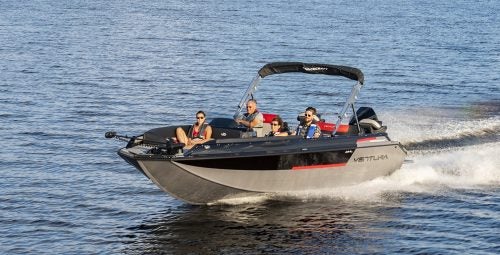 Princecraft Ventura 23 RL Review
Princecraft Ventura 23 RL Review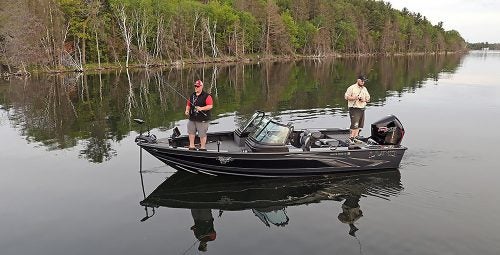 Lund 2075 Pro V Review
Lund 2075 Pro V Review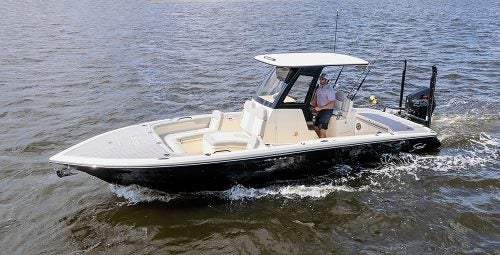 Scout 281 XSS Review
Scout 281 XSS Review Fuel Saving Tips For Boaters
Fuel Saving Tips For Boaters Best Boating Accessories
Best Boating Accessories Best Boating Apps
Best Boating Apps 5 Pontoon Boats That Are Made To Fish
5 Pontoon Boats That Are Made To Fish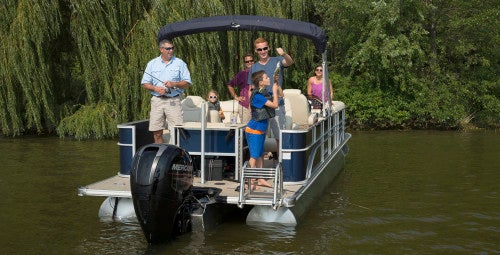 10 Great Small Pontoons
10 Great Small Pontoons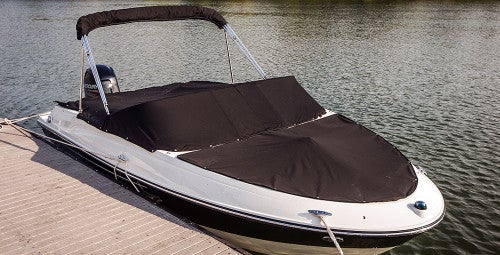 Your Boat Was Expensive—Do You Really Trust a $2 Rope From the Dollar Store to Secure It?
Your Boat Was Expensive—Do You Really Trust a $2 Rope From the Dollar Store to Secure It?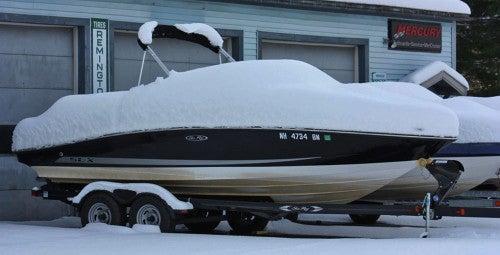 Do I Need Insurance Coverage Against Ice or Freezing Damage?
Do I Need Insurance Coverage Against Ice or Freezing Damage? What Kind Of Insurance Coverage Do I Need?
What Kind Of Insurance Coverage Do I Need?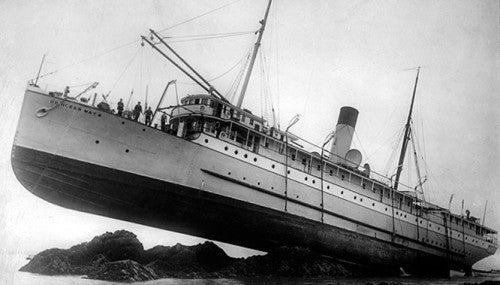 What About Salvage?
What About Salvage?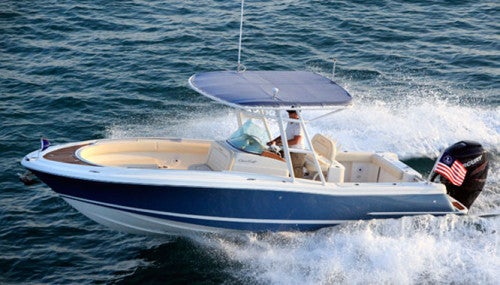 Boat Insurance or Yacht Insurance?
Boat Insurance or Yacht Insurance?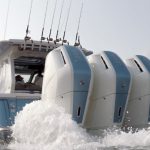
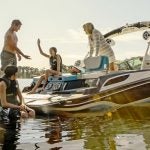
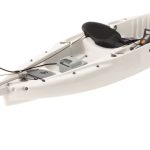

 The Best Bowriders For The Money
The Best Bowriders For The Money
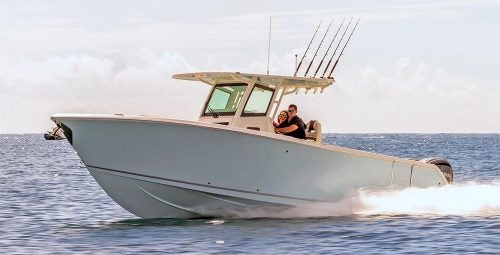 Sailfish 312CC Review
Sailfish 312CC Review
 The Wildest Concept Yachts
The Wildest Concept Yachts
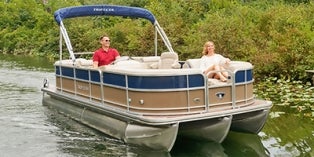 2016 Trifecta 200 Series 220FCR
2016 Trifecta 200 Series 220FCR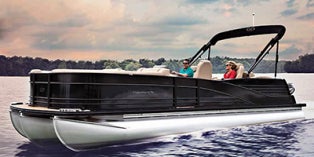 2016 Harris Grand Mariner SL 270 DL
2016 Harris Grand Mariner SL 270 DL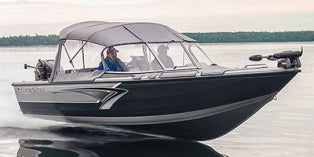 2016 Crestliner Authority 2050
2016 Crestliner Authority 2050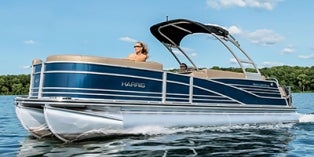 2016 Harris Grand Mariner SL 230 DLDH
2016 Harris Grand Mariner SL 230 DLDH
